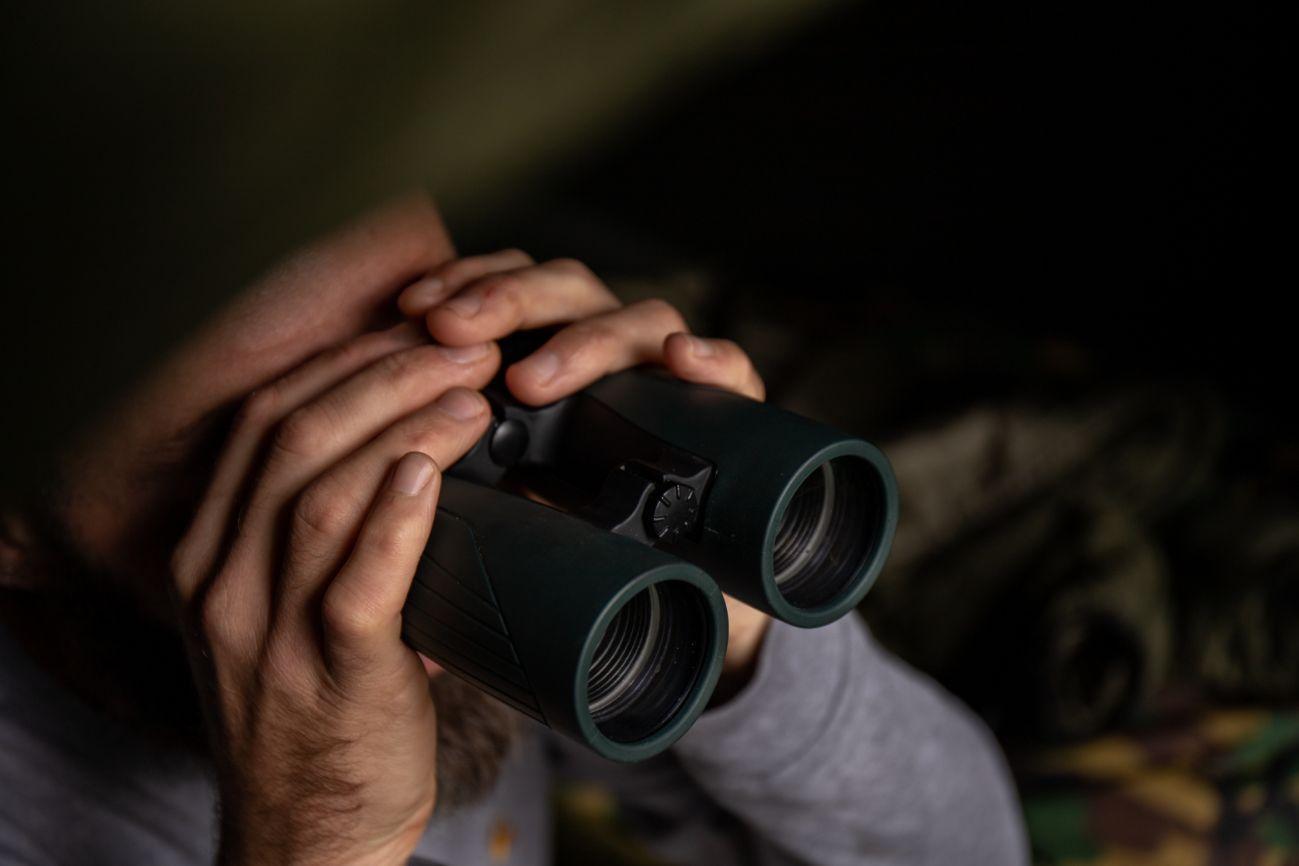Carp fishing often gets dominated by talk of bait, rigs, and the latest gear. But here’s the truth: none of that matters if you’re not fishing where the carp actually are. The anglers who catch consistently aren’t just lucky — they’ve learned the art of watercraft.
Watercraft is the ability to read a lake, understand carp behaviour, and spot the signs that reveal their presence. It’s not about guesswork. It’s about knowing what to look for, when to trust your eyes and ears, and how to use that knowledge to put yourself in the right place at the right time.
This guide takes you from the basics — how weather and conditions affect carp — through to advanced skills like spotting subtle signs and working out patrol routes. Master these, and you’ll always have an edge over the average angler.
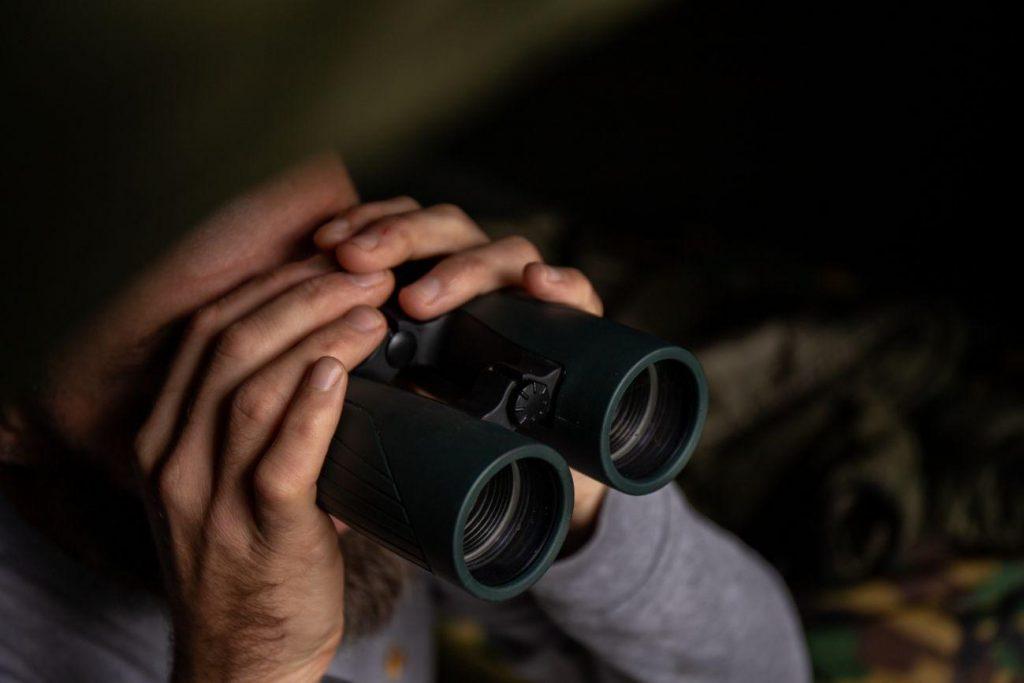
The Basics: Carp Behaviour and Conditions
Carp are driven by two main things: comfort and food. If you can understand how conditions influence both, you’ll already be a step ahead
Weather & Temperature – Carp thrive in mild, stable conditions. Sudden temperature drops can push them into deeper water, while warm, consistent weather usually brings them into the shallows.
Wind – A warm south-westerly often pushes carp into the areas it blows towards, as it carries warmer surface water and food with it.
A cold northerly often does the opposite, driving them away.
The Seasons:
Spring: As the water warms, carp are drawn into the shallows and sheltered bays, where food becomes more active. They’ll often patrol the margins, reedbeds, and shallow bars, feeding in short but regular bursts. This is also the time when they begin preparing for spawning, so location and timing are critical — mornings and sunny corners can be especially productive.
Summer: In hot weather, carp spend long periods around weedbeds, snags, and the upper layers of the water. Warm, oxygen-rich areas are key, and surface fishing can come into its own. Early mornings and late evenings are often the most active feeding windows. On pressured waters, carp may back off obvious spots during the day and retreat to quieter areas, so adapting tactics — from zig rigs to surface mixers — can pay off.
Autumn: Autumn has traditionally been seen as the big ‘feed-up’ before winter, and carp certainly do take advantage of natural food sources at this time. But on many pressured lakes, the heaviest feeding spells are now often seen in mid to late summer, with autumn still productive but more dependent on conditions. Cooling water, shorter days, and concentrated natural larders like bloodworm beds all influence where carp hold and how hard they feed.
Winter: As temperatures drop, carp slow down, shoal together, and often sit in deeper, more stable areas of the lake. Feeding spells are shorter and more cautious, often clustered around the warmest part of the day. Bright, calm days can see them sunning themselves in upper layers, while cold snaps usually drive them to depth. Light baiting, small hookbaits, and pinpoint accuracy become more effective than heavy feeding.
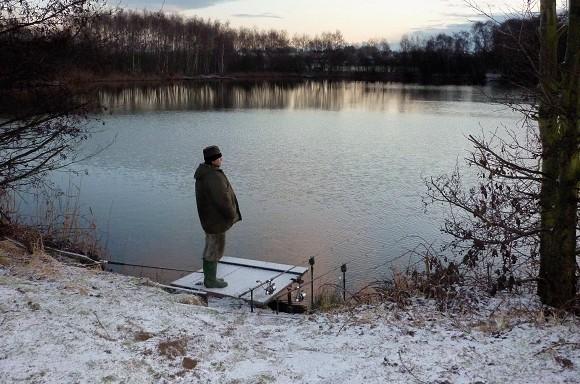
Reading the Lake
Every lake tells a story — if you’re willing to watch and listen.
Surface signs: Rolling, head-and-shoulders shows, or even subtle swirls can reveal patrol routes and feeding areas. Flat spots on a rippled surface are another giveaway, caused by carp releasing natural oils as they feed or move. On calm mornings or evenings, these signs are often easiest to spot.
Bubbles and fizzing: Tiny pinprick bubbles rising steadily through the water usually mean carp are feeding in silt, disturbing natural gases as they dig for bloodworm and other food. A patch of fizzing that keeps reappearing in the same spot is gold dust — a sure sign of active feeding fish.
Margins: Carp are creatures of habit and love the edges. Overhanging trees, reedbeds, and undercut banks often provide cover and natural food. Don’t overlook quiet corners or close-in spots; many big fish are caught within a rod length of the bank if approached quietly.
Birdlife: Diving birds such as tufted ducks often reveal baited areas by repeatedly working the same patch, homing in on free offerings. Equally, keep an eye on how waterfowl react — if a group suddenly scatter or lift off in unison, it could well be carp pushing through and spooking them.
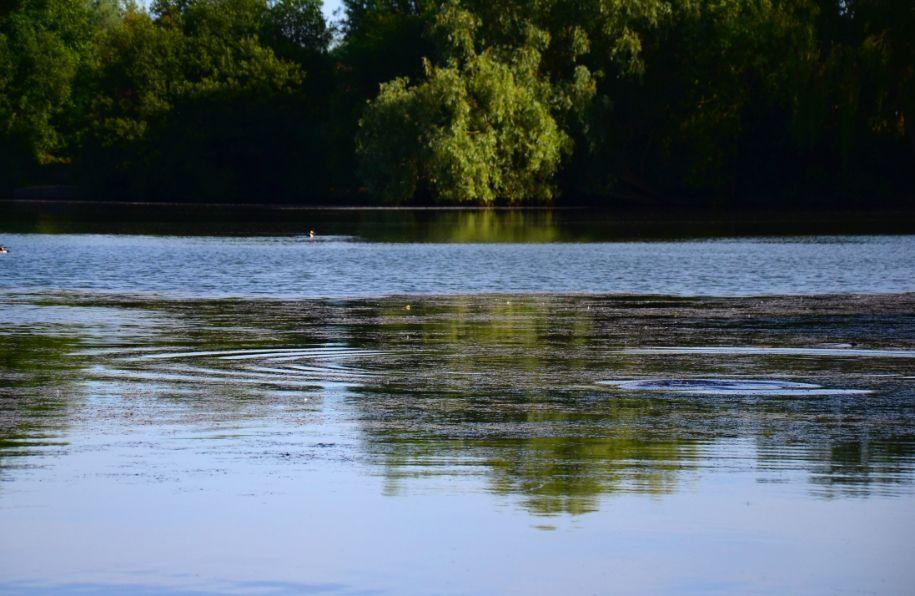
Spotting Patrol Routes
One of the biggest edges in watercraft is learning where carp regularly travel. These patrol routes are the highways carp use to move around the lake. Find them, and you can intercept fish instead of waiting for luck.
- Margins – Carp often patrol along reed lines, under overhanging trees, and beside snags.
- Between features – Routes often link areas of cover, such as between weedbeds and islands.
- Drop-offs and bars – Underwater shelves and gravel bars act like roads carp follow as they move between feeding spots.
- Observation – If you keep seeing fish in the same place at similar times, you’ve likely found a patrol route.
Watching the water is key. The more time you spend simply looking, the more you’ll notice repeat patterns. Climbing into safe vantage points, such as low trees or raised banks, can reveal routes and fish you’d never spot from ground level. A good pair of polarised glasses is essential — they cut surface glare, allowing you to see into the water and pick out shadows, shapes, and subtle movement that the naked eye would miss.
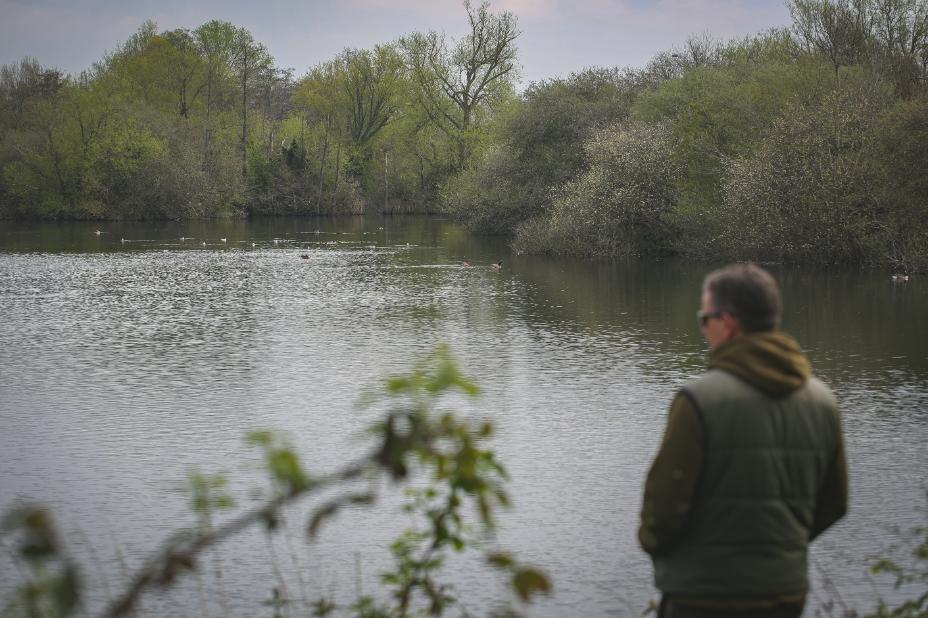
Tactic tip: Place a rig along these routes, not just on obvious feeding spots. A single bait on a clean patch where carp regularly travel can be deadly.
Spotting Subtle Clues
Not all signs are obvious splashes or jumps. The best watercraft comes from noticing the subtle details:
- Pinprick bubbles rising steadily from silt = fish feeding with their heads down.
- Reeds twitching or margin plants moving with no wind = carp brushing through.
- Colour changes where the lakebed has been disturbed = recent feeding activity.
- Evening & morning shows – At first light and last light, carp often roll or jump in the same areas, revealing where they’ve been feeding.

Advanced Watercraft Skills
Once you’ve mastered the basics, here’s how to push your watercraft to the next level:
- Understand angling pressure – On busy days, carp may avoid the central “hot swims” and drift to quieter corners or margins.
- Listen at night – In darkness, your ears are as valuable as your eyes. The sound of a carp crashing or rolling can give away their location.
- React to changes – If the wind swings, the temperature drops, or the sun comes out, carp will often move. Be prepared to adapt.
- Be willing to move – Many anglers sit it out in one swim. The best anglers watch, learn, and move to stay on the fish.
Common Mistakes
Even experienced anglers get caught out when they:
- Fish on “habit” — going for favourite swims rather than reading the signs.
- Follow the crowd — piling into the same areas as everyone else.
- Overlook the margins — where some of the biggest carp often feel safest.
- Ignore subtle signs — waiting for a big splash when tiny bubbles would have told the story.
Conclusion
Watercraft is the skill that separates consistent carp catchers from the rest. Anyone can cast a rig and pile in bait. But the angler who knows how to read the weather, spot patrol routes, notice the tiny signs, and adapt to pressure is the one who consistently puts carp on the bank.
Spend as much time watching as you do fishing. Learn to read the water, not just the magazines. Master watercraft, and you’ll not only catch more — you’ll understand carp on a whole new level.
